Today, we'll guide you through another home improvement project of putting carpet over your laminate flooring. We've asked the experts how to go about it the right way, and here's what they taught us.
To lay carpet over laminate flooring, follow these simple steps:
- Install tack strip around the room.
- Put the underlayment in place.
- Install the carpet on one side of the room.
- Stretch it all the way to the other side and secure it in place.
- Cut off any excess carpet.
Keep on reading so we can teach you how to do this DIY home improvement project from start to finish. We'll also tell you if it's a good idea to put carpet over laminate flooring and what options you can consider instead. This article will also tackle transition strips and when you should use them. Let's get started!
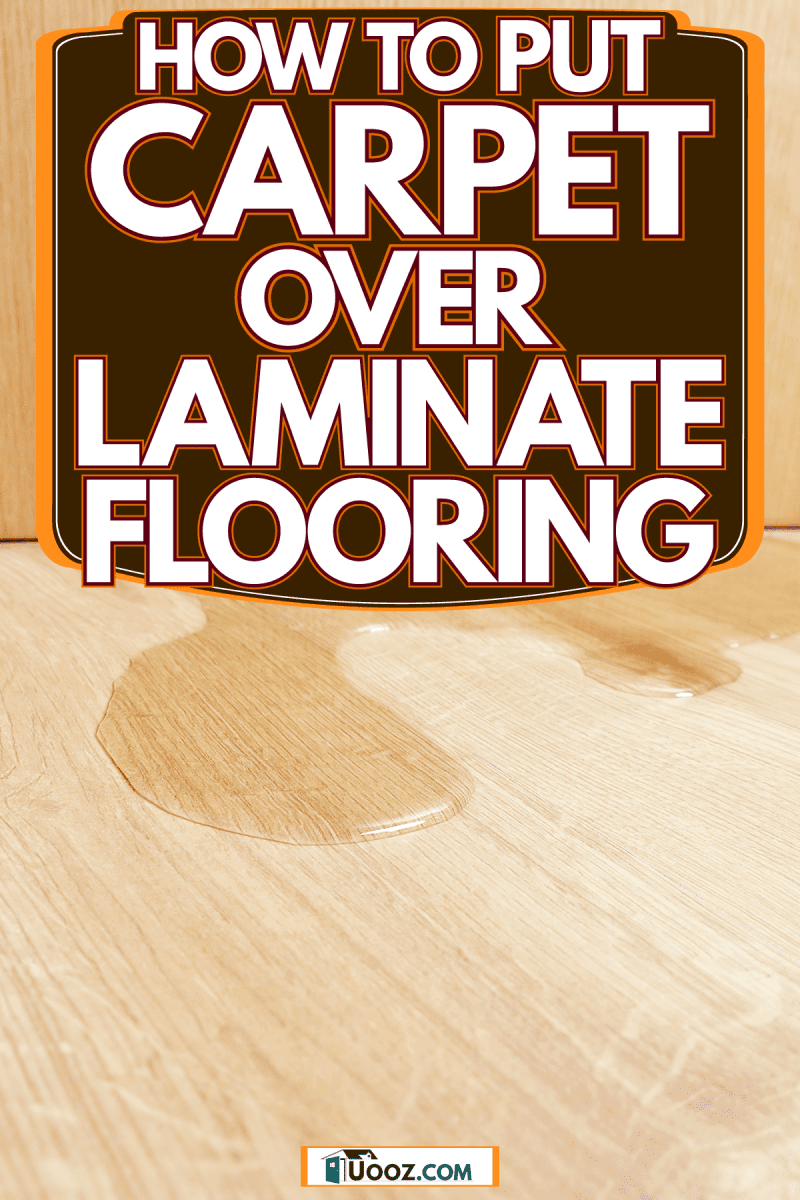
How do you attach carpet to laminate flooring?
Laminate flooring has been a popular choice among homeowners mainly because of its affordability. It also has a wooden image of wood that enhances the look of your house without the expensive price tag.
Meanwhile, the carpet also offers a lot of benefits. It has a comfortable and non-slip surface. It also gives the room a softer and warmer vibe. The carpet naturally absorbs sounds so you can enjoy a quieter environment.
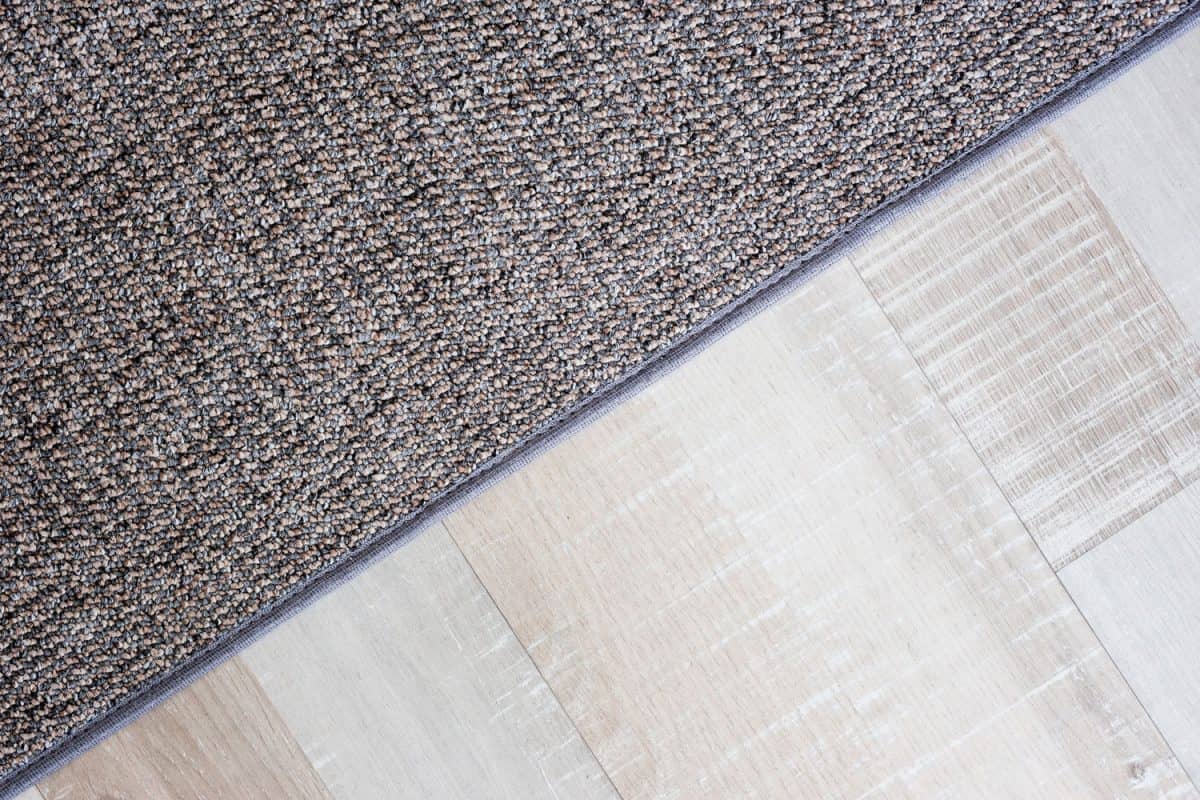
For those who want to enjoy the benefits that carpet has to offer but already have laminate flooring installed, you can put carpet over the old flooring rather than have it removed altogether.
Here's how to do it:
- Inspect the laminate flooring to ensure there are no bumps and lumps on the surface.
- Remove the baseboard.
- Install a tack strip around the room's perimeter for wall-to-wall carpeting. You can tuck it close to the edge to minimize surface damage if you still plan on switching to your laminate floor later on.
- Install the underlayment for the carpet using a hand stapler or tape.
- Cut the carpet according to the size of the room.
- Install one side of the carpet using the tack strip to hold it in place.
- Use a knee kicker or power carpet stretcher to ensure a smooth surface.
- Secure the other end with the tack strip.
- Cut any excess carpet material.
- Reinstall the baseboard in its place.
We've also found a video demonstrating this process.
There you have it! You can now enjoy your new carpet flooring.
Should You Put Carpet Over Laminate Flooring?
Now that you've learned how to put carpet over laminate flooring, the question is, should you be doing it? Many experts are actually opposed to the idea.
While you may save time and money when you do this, take note that there are other consequences as well. Here are just some of the problems that you may encounter.
Damaged surface
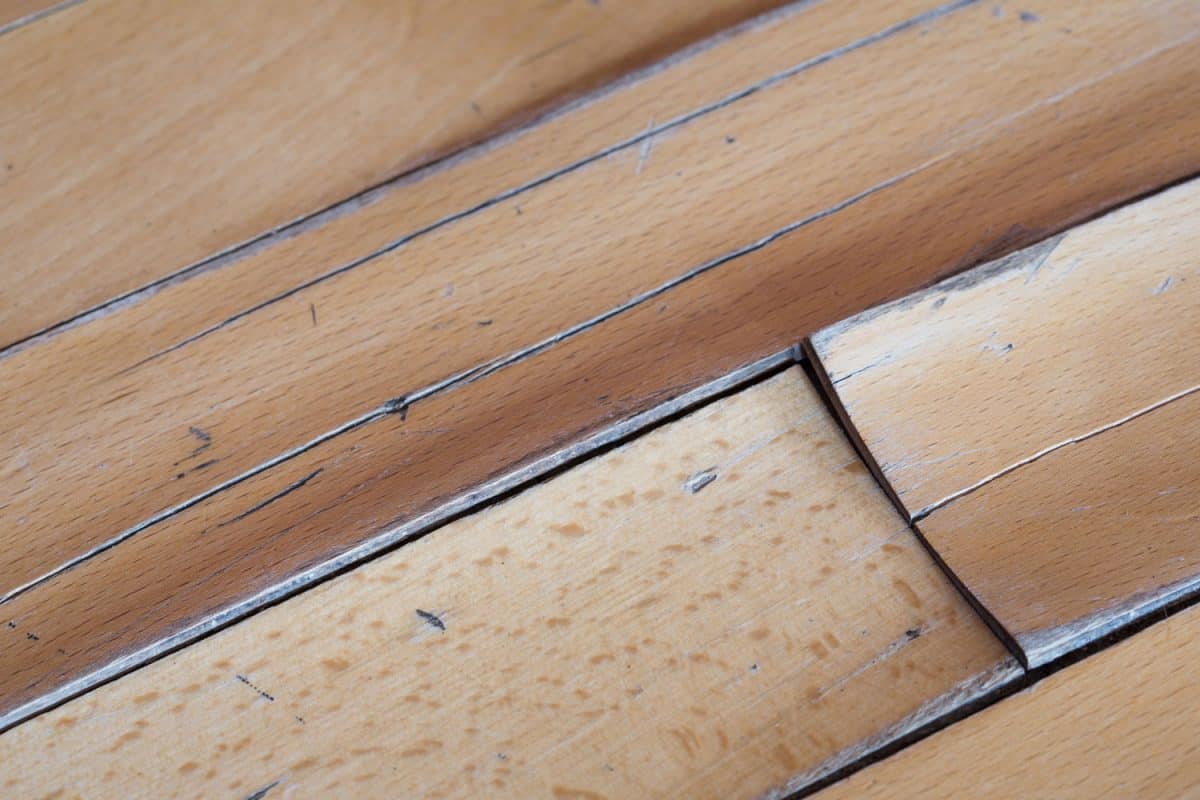
You might not be able to use your laminate flooring anymore when you're fed up with the carpeted look or the carpet wears out. The tack strip, staples, and tape will damage the surface of the laminate wood.
So, once you change your floor to carpet, there might not be any chance of turning back. Be prepared to invest in a new flooring material when it's time to replace your carpet.
Moisture problems
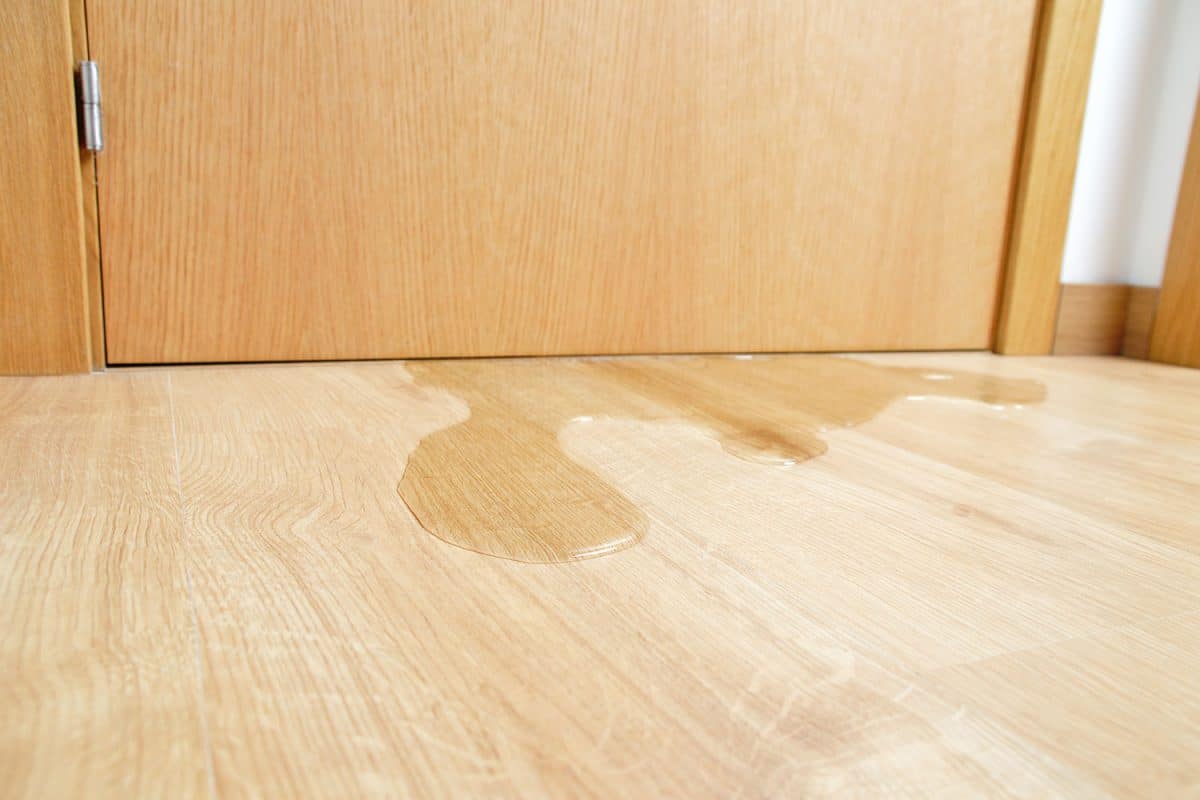
Laminate flooring is vulnerable to moisture. When the water reaches its inner surface, it can cause the flooring to swell. So, when you put a carpet over it, and the carpet gets soaked with water, it can cause issues with your laminate flooring underneath as well.
It can buckle, which will make your floor uneven. More than being an eyesore, it is a safety hazard as you can trip over uneven floors.
Putting carpet over laminate wood can also create an environment that's conducive for mold growth. And when there is mold, it can damage the surface.
Mold will also affect your health. It can cause eye, nose, throat, skin, and lung irritation. It's even worse when you have allergies and asthma.
Transition issues
With the laminate flooring, underlayment, and carpet flooring all piled up together, the room may be more elevated than the rest of the house. It would cause transition issues from one room to the other. Accidents can arise with a sudden change of height and texture.
Movement constraint
Laminate floors are floating floors. They are very easy to install as the planks just connect with each other. There's no need to nail them down on the subfloor.
However, they will move in response to temperature and humidity changes around them. But with the tack strips in place, the laminate wood won't be able to move and this can cause problems with your flooring.
Alternatives to Carpet over Laminate
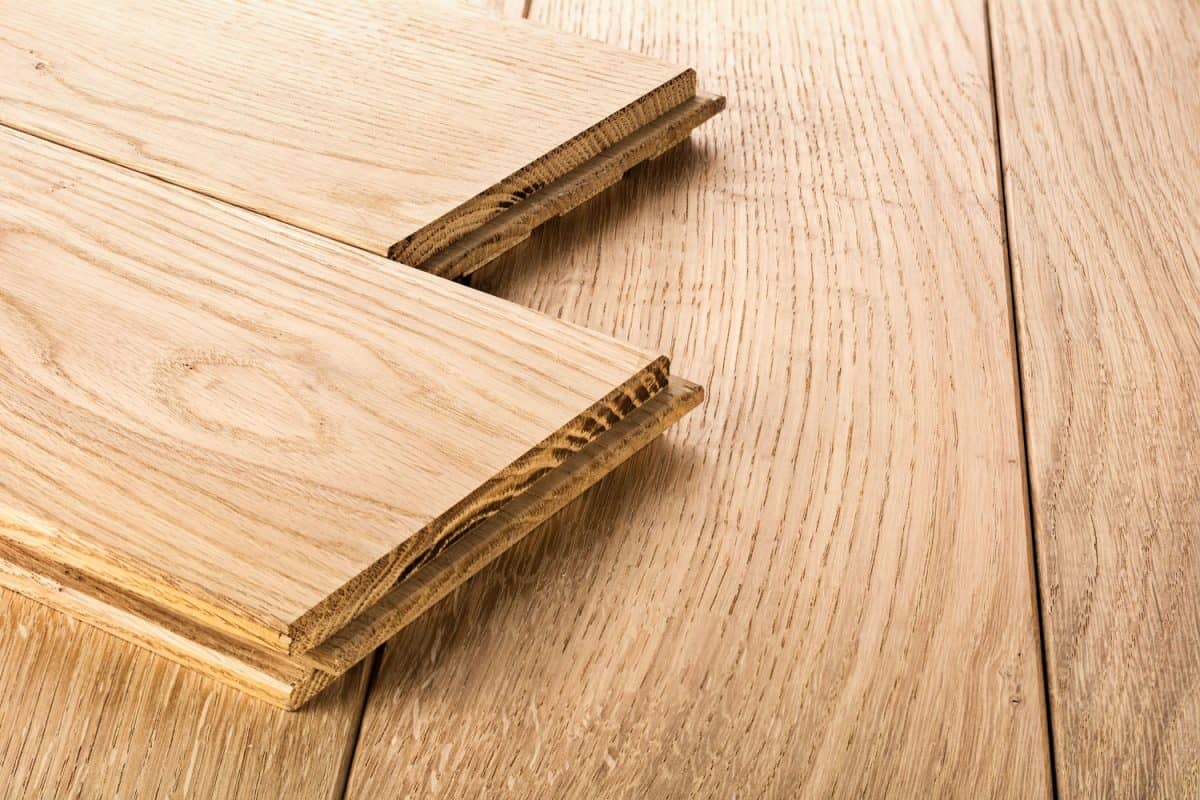
If you're still bent on changing your flooring to carpet, there are other options that you can explore to ensure that you won't encounter major problems later on.
- You can remove the laminate flooring altogether. These floors are easy to install and can easily be removed as well.
- Do not tack your carpets in place. You can just go with a cut-to-fit carpet installation. You don't have to attach it to the floor. However, this might cause movement and shifting later on.
- Consider using a big area rug instead rather than putting a carpet flooring.
Check out this area rug on Amazon.
It's best to know the advantages and disadvantages of this project before you undertake it so that you're prepared for the things that could happen. You can also explore different options so that your time, effort, and money won't go to waste.
Are transition strips necessary?
Transition strips bridge the gap between two different floors used in adjacent portions of the house. For example, you use a thick carpet for your bedroom, but the hallway has thin laminate flooring. Transition strips will help warn people passing about the change in elevation and texture, avoiding accidents from happening.
You can also use these strips to hide seams and gaps for like materials. Seams can be unsightly and distracting, while expansion gaps are needed to make way for the movement of the flooring in response to humidity and temperature changes. With the use of transition strips, they are hidden from plain sight, and you're able to maintain the functionality of your floor.
Transition strips are usually made of aluminum or wood. There are different types to make them suitable for your particular need. There are:
- the carpet to tile transition,
- tile to laminate transition,
- vinyl to tile transition,
- wood to wood seam binder,
- and the carpet edge gripper.
Their names pretty much tell us how they are used.
Meanwhile, the 4-in-1 transition strip can be used to change from carpet to different materials and transition between two hard surfaces with different elevations. It can also be used as an end molding.
Lastly, the T-strip is for hard flooring surfaces with the same height.
Click this link to find this T-strip on Amazon.
Using the appropriate transition strip in particular areas of your home will help make the floors safer and more pleasing to the eye. But when you have similar types of flooring, this may not be necessary and will boil down to your preference.
Final Thoughts
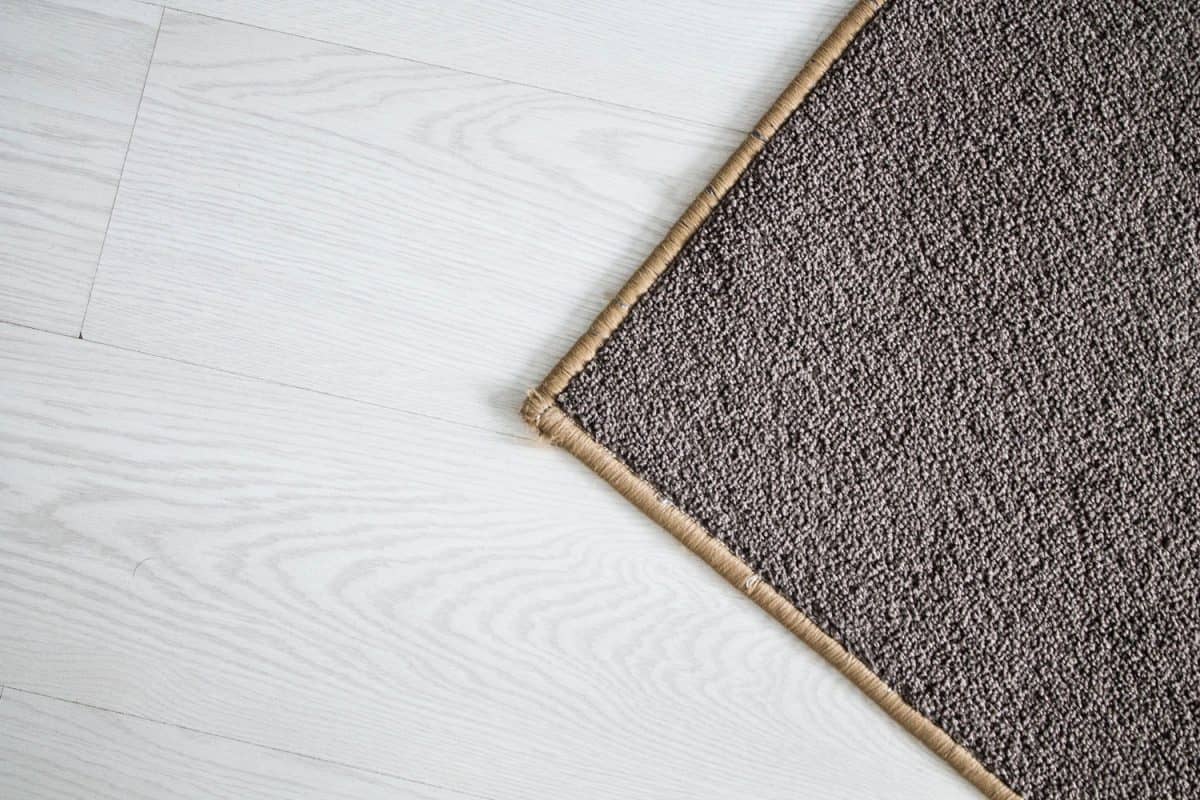
Installing carpet over laminate flooring is a relatively easy process. Just make sure that your laminate flooring is still in great shape before proceeding with this project. It also helps to be aware of its consequences so that there are no regrets and you're prepared about what to do should there be any problems with your flooring.
You may also visit the following links for some related reading:


